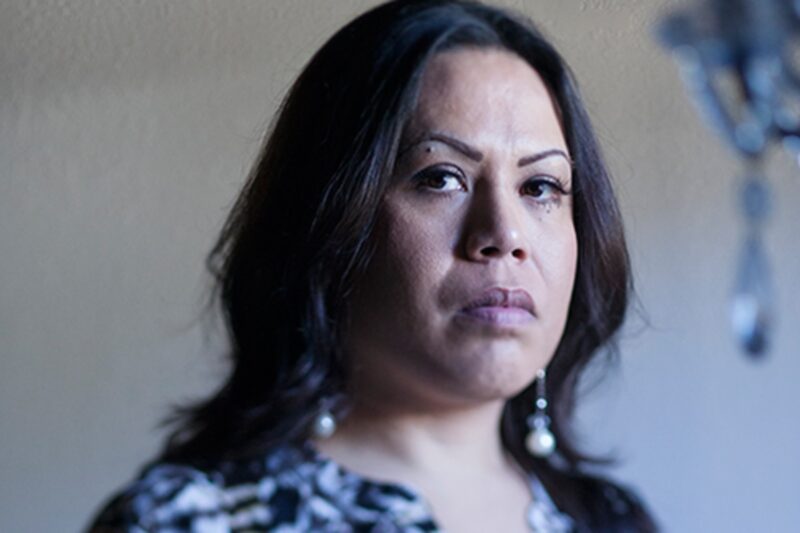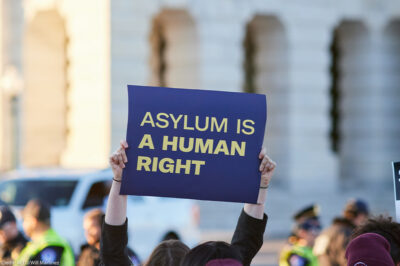
When Jennicet Gutiérrez, an undocumented transgender Latina, interrupted the president’s Pride party speech last month, Facebook feeds lit up in debate. But regardless of where you stand on her tactics, Gutiérrez shed light on an issue most Americans knew little about: the plight of transgender immigrants in detention.
U.S. Immigration and Customs Enforcement detains an average of 75 transgender prisoners on any given night. Although transgender detainees make up a small part of those detained for immigration violations, they are also one of the most vulnerable: one in five confirmed sexual abuse cases in ICE custody involve a transgender detainee.
The ACLU shed light on this issue in 2011 when we filed a lawsuit on behalf of a 28-year-old transgender woman who was sexually assaulted by a guard while she was in immigration custody operated by Corrections Corporation of America, a private prison company. Transgender detainees are also frequently subjected to egregious mistreatment, including lack of access to necessary hormones and other medications and long stints in solitary confinement.
Now the Obama administration has taken initial steps to address this. ICE recently issued an 18-page memo detailing expanded guidelines on the treatment of transgender immigrants. The ICE memo provides guidance on how to determine a detainee’s gender identity, and it includes provisions that might allow housing individuals in facilities appropriate to the immigrant’s gender identity.
So why aren’t we all celebrating? Although this is a welcome step towards improving the treatment of transgender detainees, especially during the intake process, the memo does not go far enough in protecting the rights of transgender individuals.
The guidance still allows for inhumane practices, including the use of solitary to house transgender individuals based on their vulnerability and placement based on assigned sex at birth, even where such placement may not be safe. These practices have failed in the past to protect transgender immigrants, particularly women, from sexual and physical abuse in detention.
Meanwhile, ICE already released a set of policies in their 2011 detention standards meant to protect transgender detainees, and the officials themselves say only 62 percent of the current detainee population is covered by the 2011 standards. The current memo includes no enforcement provisions, which is critical to making sure the guidelines have any teeth. As immigrants’ rights advocatesmade clear in a statement reacting to the new memo: “A guidance document cannot be expected to change the fact that DHS and ICE have consistently failed at maintaining a minimum of safety and dignity for transgender immigrants.”
So what is the solution?
Meaningful change would require that the most vulnerable detainees be considered eligible for release from ICE’s brutal detention and deportation system. Without community-based alternatives to detention, which are proven to be reliable and cost-effective, the LGBT community, and transgender women in particular, will continue to remain vulnerable to violent attacks and inhumane treatment.
Thirty-five members of Congress sent a letter to Secretary of Homeland Security Jeh Johnson asking for the release of LGBT immigrants from the detention facilities. Even if the detention system does not end in the near future, ICE can use its existing discretion to release LGBT individuals from custodial detention, just as it should for all people for whom alternatives to detention can mitigate flight risk and any danger to the community.
It is time for us all to hear the voices that Jennicet Gutiérrez bravely and boldly represented at the White House. The detention and deportation of transgender people must end. That will be a moment of Pride worth celebrating.




